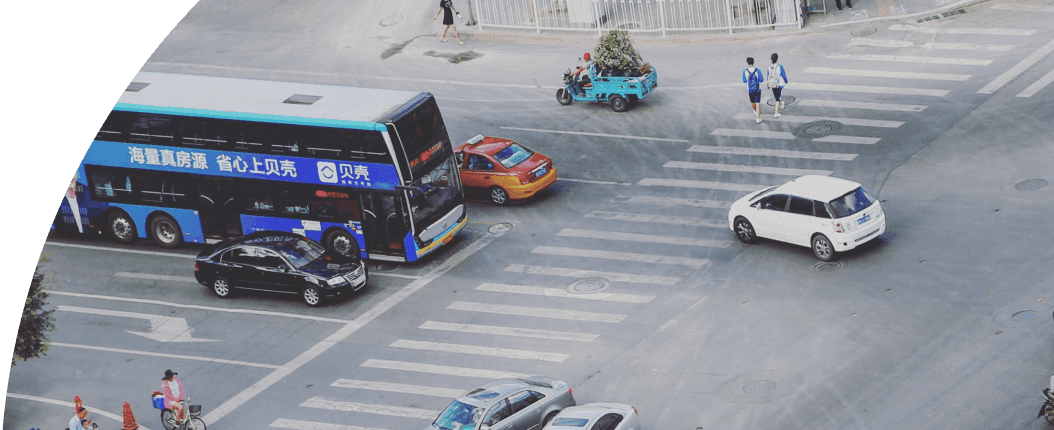
News
By Smart Growth America, May 10, 2019
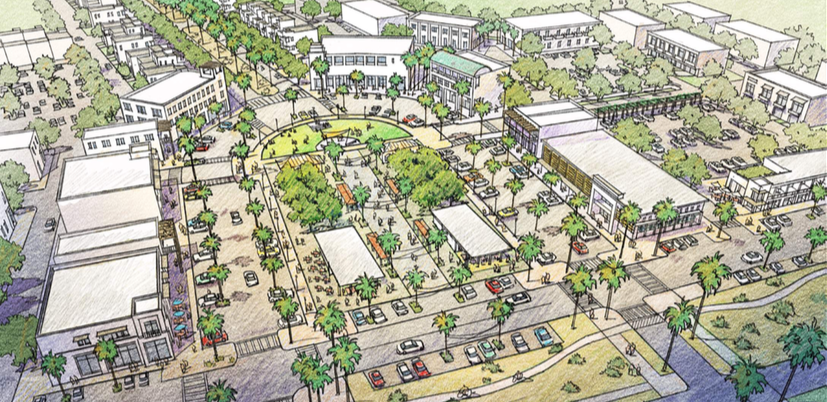 Richard H. Driehaus Form-Based Codes Award recognizes exemplary models for other communities to follow and demonstrates how powerful form-based codes can be for any community pursuing more walkable, people-scaled growth.
Richard H. Driehaus Form-Based Codes Award recognizes exemplary models for other communities to follow and demonstrates how powerful form-based codes can be for any community pursuing more walkable, people-scaled growth.
Each applicant is evaluated by a jury of experts against well-defined criteria that separate the so-so codes from the truly commendable. The jury will meet this week to select the 2019 Driehaus Award winner(s), which will be announced on June 14 in Louisville, KY at the 27th Congress for New Urbanism. Below is a summary of the criteria they will use to evaluate each applicant.
Will the code promote good urbanism?
Putting together a high-quality public realm is not easy. Public and private spaces need to be arranged in a way that enlivens the street and creates a memorable place. This means careful placement and orientation of buildings, engaging building design, and common-sense parking standards that add up to an inviting public space for pedestrians. Close coordination and cooperation with the departments of public works and emergency services on street standards and designs that fit their surroundings is also important.
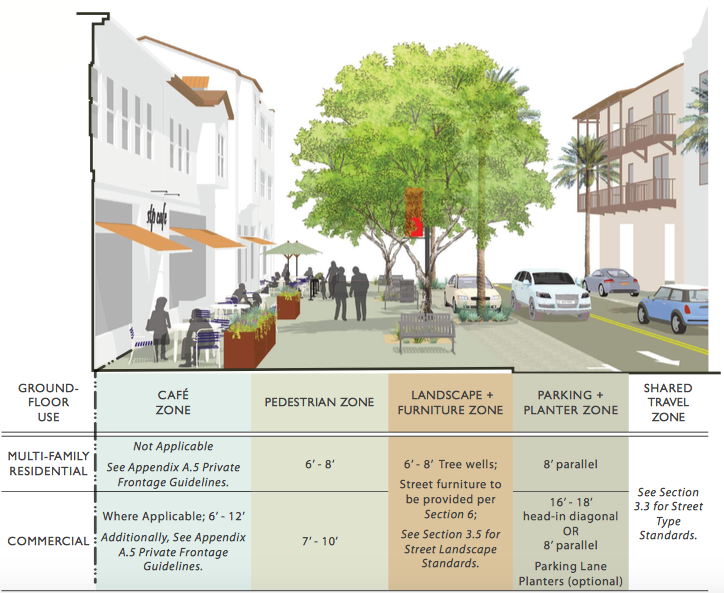
Exemplary form-based codes successfully create walkable and identifiable neighborhoods that provide most of life’s daily needs in close proximity to places where people live, work and play.
The form-based code for the University Neighborhood in Palm Desert, CA won a Driehaus Award in 2017 for its clear direction in creating excellent walkable places. The jury said that this code addresses both the public realm and private development to create properly scaled corridors that are comfortable and appealing to pedestrians.
Is the code simple and easy to use?
Conventional, use-based zoning codes are often heavy on text, short on illustrations, and use overly technical language. Good form-based codes are designed to make zoning approachable, concise, and understandable for everyone—a first-time homeowner, a developer, an architect, or a skilled planning professional. The layout should make navigating the document easy, and the outcome and steps in the decision-making tree and the development outcome should be clearly defined. All technical terms are spelled out in plain english and graphics and images are plentiful to convey the intent—a picture is worth a thousand words, especially when talking about form.
The Akanda SmartCode for Gabon, Africa earned a Driehaus Award in 2018 for fool-proof accessibility and straightforward decision-making in the administrative process. The detailed explanations—along with an impressive balance of graphics to text—make the code especially useful as an educational document in different settings around the world. A unique feature is the instructions for each user that provide guidance on which part of the code is relevant, whether it’s a single building or an entire neighborhood.
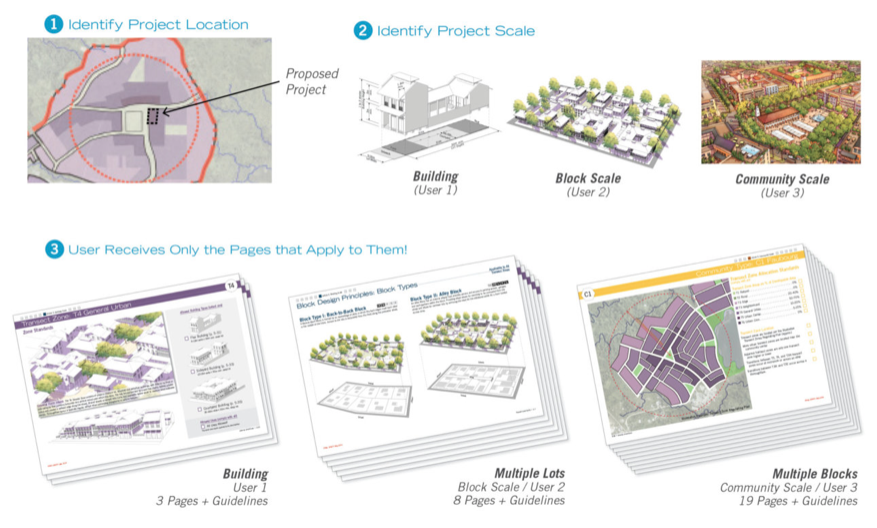 The Akanda SmartCode provides different types of users with simple checklists and a small set of applicable pages to guide them through the coding process. (Image: Opticos Design)
The Akanda SmartCode provides different types of users with simple checklists and a small set of applicable pages to guide them through the coding process. (Image: Opticos Design)
Is the code written to allow for predictable development without sacrificing variety?
Residents, business owners, and local officials pour their hearts into the visioning process for the future of their community. It’s this up-front consensus building and visualization—which typically takes place during a community engagement process—that result in a clear description of the development patterns the community wants and is passionate about. This means the code must weave in community taste and articulate the development that the community expects. The vision should be apparent to all users and require them to execute the intent of the vision without sacrificing variety in the size and shape of urban spaces and the design of buildings.
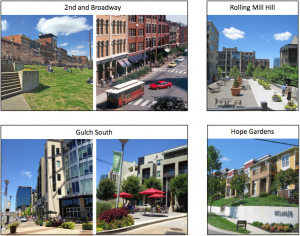
The form-based code for Nashville, TN earned a Driehaus Award in 2017 for its immersive characterization of each downtown neighborhood with detailed attention to the features that create these distinct places. The code demonstrates how a community vision can be translated into development that residents admire.
Is the code enforceable?
Form-based codes are sparked by a passionate community vision that pinpoints the features and character cherished by residents and identifies how they aspire to grow. It’s important for the code to drive this intent all the way through implementation and that existing regulations and policies—like underlying zoning, emergency services policies, building codes, subdivision regulations, and landscaping standards—compliment the code. The code should be clear and user-friendly and formatted for convenient use by staff, developers, and others who use it. The code should also be easy to update as conditions, technology, and market demands change.
The form-based code and design guidelines for Delray Beach, FL won a Driehaus Award in 2016. In recognizing the code, the jury cited the elevated expectations for desired architecture, character of place, response to climate, and respect for history. Delray Beach’s code and architectural guidelines work in concert to produce an enforceable and predictable architecture for structures in the downtown.
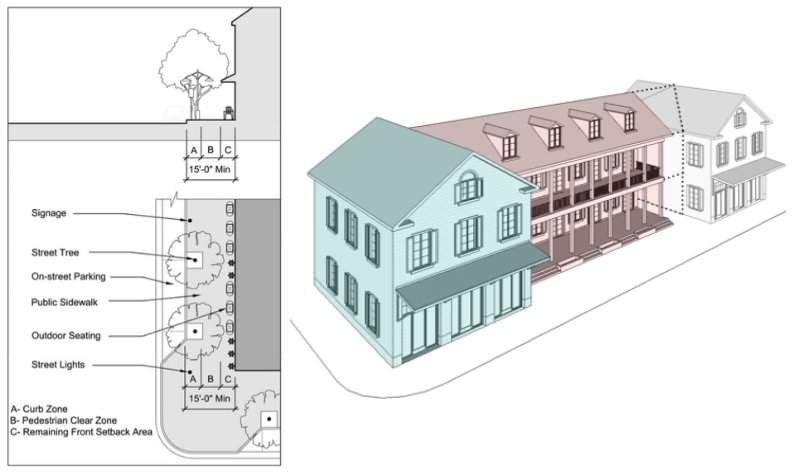
Related News

© 2025 Smart Growth America. All rights reserved
Site By3Lane Marketing












